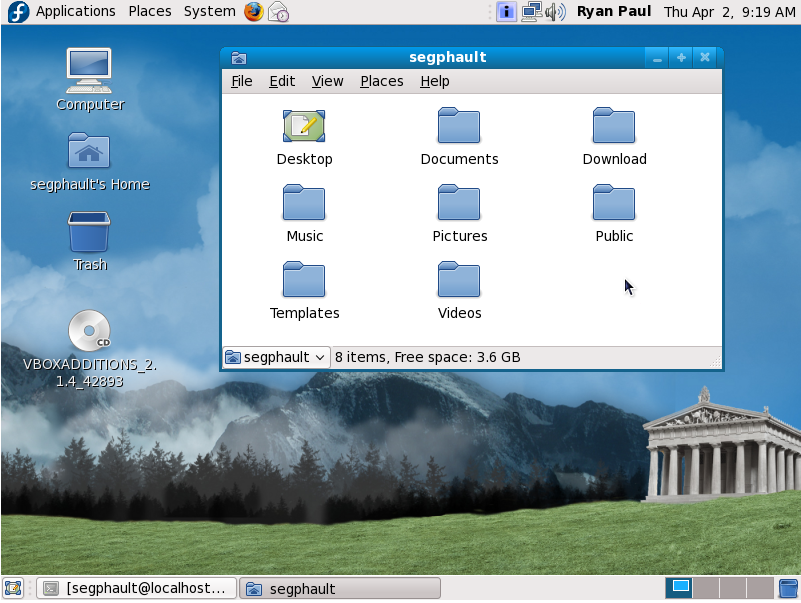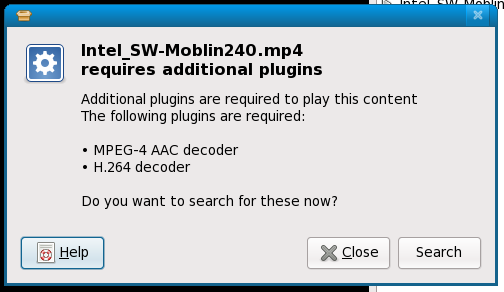
The Fedora development community has announced the availability of the first Fedora 11 beta release. The new release gives users the opportunity to get an early look at the features that will be included in the next major version of the popular Linux distro.
Fedora 11, which is codenamed Leonidas, is scheduled for final release at the end of May. It will include several new features and noteworthy improvements, such as RPM 4.7, which will reduce the memory consumption of complex package activity, tighter integration of PackageKit, faster boot time with a target goal of 20 seconds, and reduced power consumption thanks to a major tuning effort.
This version of Fedora will ship with the latest version of many popular open source software programs, including GNOME 2.26, KDE 4.2, and Xfce 4.6. This will also be the first Fedora release—and possibly the first mainstream distro release—to use the new Ext4 filesystem by default.
I typically quote the release announcement in my beta coverage, but Fedora release manager Jesse Keating claims that his clever remarks about the beta release vanished into the ether when his cat crashed his X session. I share in your profound disappointment, but we will have to make do without official commentary. He cites automatic font installation, fingerprint reader support, and kernel modesetting as several of the top features in Fedora 11.

The feature list has a few very nice items and the effort to ship Ext4 by default is very ambitious, though perhaps a bit premature. The reliability of Ext4 is still somewhat questionable and there is evidence that the potential for data loss still exists.
Fedora's deep integration of PackageKit is one area where the distro continues to impress me. PackageKit is a generic distro-neutral package management front-end framework. It includes a universal package management user interface and provides APIs for integrating package management capabilities into other applications. In Fedora 10, the developers introduced support for using PackageKit to request automatic installation of multimedia codecs. In Fedora 11, they have taken it to the next level by using it to handle automatic firmware installation.

Fedora 11 also has a new sound preferences and volume control tool that gives users access to some of the advanced features in the PulseAudio sound server, including support for per-application volume control.

I used the installable GNOME Live CD image to test the beta release in VirtualBox. Aside from some VirtualBox-specific performance problems, this release is pretty strong. It is, however, still a work in progress. Some of the early testers have encountered various problems with the release. The Fedora community had a test day event on Thursday with a focus on power management.
All things considered, Fedora 11 progress looks good and the release is shaping up nicely. The developers are already looking to the future and have begun the process of drafting a schedule for Fedora 12, which could potentially arrive in October.
For more details about the Fedora 11 beta, check out the official release notes. Installation media is available from the Fedora website.
reader comments
25